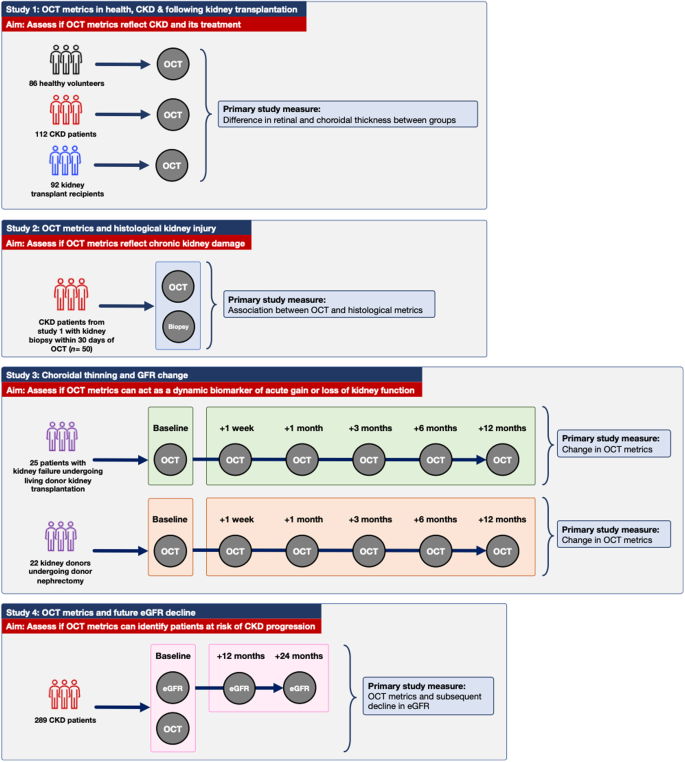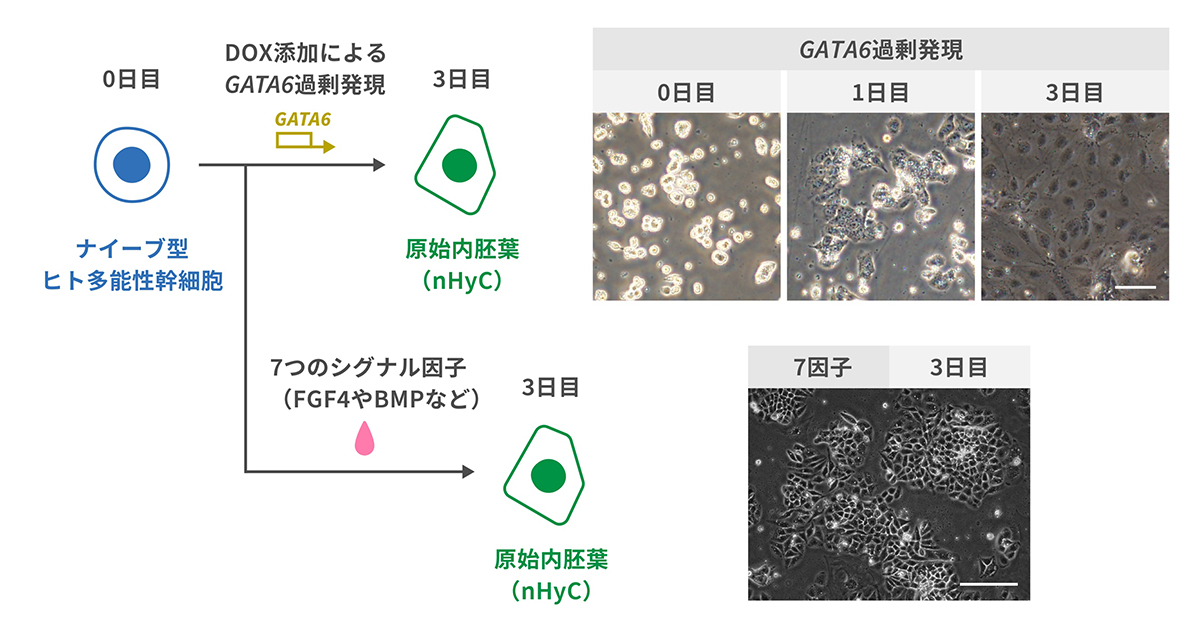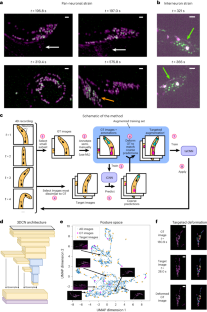2023-12-05 エディンバラ大学
◆患者の網膜が薄くなる傾向が、腎機能の低下と関連していることも示唆。この非侵襲的で迅速なモニタリング手法は、将来的には早期発見や治療前の介入に役立ち、新薬開発や臨床試験の可能性も示唆されている。
<関連情報>
- https://www.ed.ac.uk/news/2023/eye-scans-provide-insight-into-kidney-health
- https://www.nature.com/articles/s41467-023-43125-1
慢性腎臓病における脈絡膜と網膜の菲薄化は、eGFRの低下と独立して関連し、治療によって修正可能であることが示された。 Choroidal and retinal thinning in chronic kidney disease independently associate with eGFR decline and are modifiable with treatment
Tariq E. Farrah,Dan Pugh,Fiona A. Chapman,Emily Godden,Craig Balmforth,Gabriel C. Oniscu,David J. Webb,Baljean Dhillon,James W. Dear,Matthew A. Bailey,Peter J. Gallacher & Neeraj Dhaun
Nature Communications Published:05 December 2023
DOI:https://doi.org/10.1038/s41467-023-43125-1

Abstract
In patients with chronic kidney disease (CKD), there is an unmet need for novel biomarkers that reliably track kidney injury, demonstrate treatment-response, and predict outcomes. Here, we investigate the potential of retinal optical coherence tomography (OCT) to achieve these ends in a series of prospective studies of patients with pre-dialysis CKD (including those with a kidney transplant), patients with kidney failure undergoing kidney transplantation, living kidney donors, and healthy volunteers. Compared to health, we observe similar retinal thinning and reduced macular volume in patients with CKD and in those with a kidney transplant. However, the choroidal thinning observed in CKD is not seen in patients with a kidney transplant whose choroids resemble those of healthy volunteers. In CKD, the degree of choroidal thinning relates to falling eGFR and extent of kidney scarring. Following kidney transplantation, choroidal thickness increases rapidly (~10%) and is maintained over 1-year, whereas gradual choroidal thinning is seen during the 12 months following kidney donation. In patients with CKD, retinal and choroidal thickness independently associate with eGFR decline over 2 years. These observations highlight the potential for retinal OCT to act as a non-invasive monitoring and prognostic biomarker of kidney injury.


